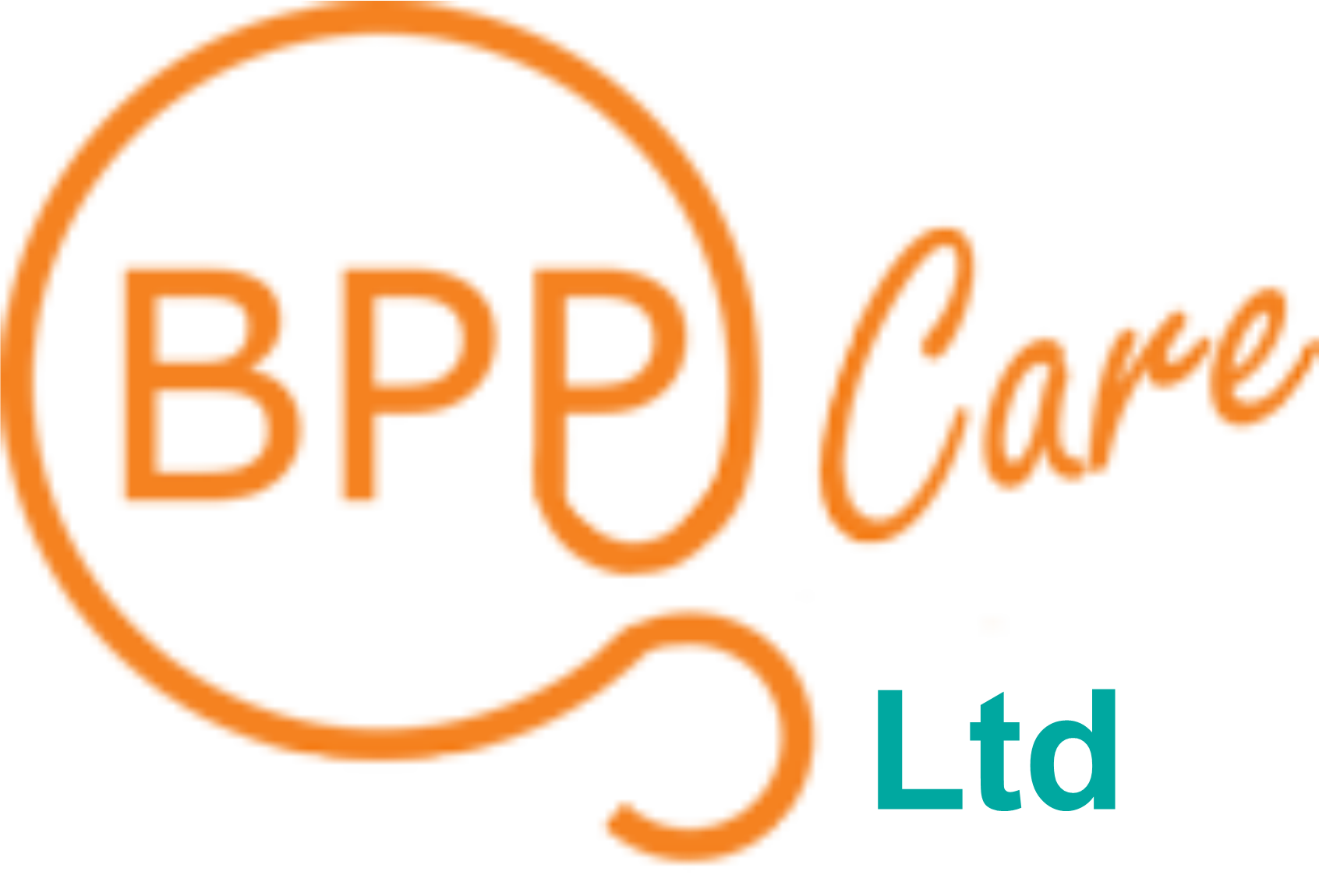
Predictive analytics in healthcare is now a big deal. In fact, the global market for it is expected to reach over 28 billion dollars by 2026. That is huge. More hospitals and clinics now use data to avoid staff shortages and burnout. Clearly, it is not just about saving money. It is about saving lives too.
Across the world, healthcare systems are stretched. However, with smart data use, we can plan ahead. That means fewer gaps in staff and better care for patients. Even better, it reduces costly overtime. So yes, data is making hospitals smarter. That’s a big win for patient care.
The Real Problem Behind Poor Staffing Decisions
Staffing is a constant headache in healthcare. One week, there’s a surplus of nurses. The next, the hospital floor is barely covered. These swings lead to confusion and tired workers. When people are overworked, mistakes happen. And in healthcare, mistakes can cost lives.
Predictive analytics in healthcare gives managers a chance to stay ahead. They no longer need to guess who might be needed next week. Instead, they look at data patterns. For example, a rise in flu cases usually means a rise in ER visits. With this knowledge, hospitals can better balance workloads. So care stays steady and safe.
How Predictive Analytics Solves Staffing Gaps
Let us say a hospital in Manchester sees a rise in emergency room visits every winter. Instead of guessing, it uses data from the past five years. The system predicts patient volume for each week. Based on this, they hire extra nurses just in time.
This is not just smart. It is life-saving. Fewer delays. Less stress. Happier staff. That is the beauty of predictive analytics in healthcare. It helps leaders move from reactive to proactive. And that is a big shift.
Data-backed planning also boosts morale. When staff feel supported, they stay longer. They take fewer sick days. That saves hospitals more money in the long run. Predictive tools do more than fix schedules. They build stronger teams.
Key Technologies Powering Predictive Staffing
Today’s tools are advanced, yet easy to use. Hospitals rely on machine learning models that sort huge amounts of data. These models find patterns in patient visits, weather, holidays, and outbreaks. The data is stored in cloud systems, ready for quick access.
Dashboards display the trends in real time. Managers can see where staffing gaps may happen and fix them before they cause issues. Some software can even sync with HR systems and electronic health records. That gives leaders a full picture. The result is better, faster decisions.
Hospitals using these technologies often report fewer errors and lower costs. Tools like Microsoft Azure and IBM Watson Health are just two examples leading the charge. Their systems make staffing smoother and more accurate.
Better Workforce Planning with Predictive Tools
Predictive analytics does more than schedule shifts. It helps plan for the future. Need more staff for a new clinic wing? The data tells you when and how many.
It also shows when staff are likely to leave. That means HR teams can act fast. Maybe with better training or support. Either way, it prevents sudden gaps.
Some hospitals even use it to plan around construction or renovations. That way, they can manage patient flow better. Every angle is covered. No more surprises. Just solid, strategic planning.

From Data to Decisions: How Leaders Use It
Healthcare leaders do not just want data. They want clear actions. Predictive tools help them see patterns early. Then they make smart moves.
For example, if surgeries increase next quarter, they hire now. If flu trends rise, they add more beds. Every decision becomes data-backed. That builds trust and results.
One hospital in Leeds used predictive staffing to avoid a hiring freeze. They forecasted staff needs for six months. Because of that, they avoided crisis hiring. This made operations smooth and saved money.
Cost Savings and Efficiency Gains
Let us talk numbers. NHS England looks to save millions in pounds using digital tools and analytics. That is serious money. When staff are planned well, overtime costs drop. Agency fees shrink. Care improves.
Even one hospital can save millions each year. All by using what they already have — data.
In another case, a mid-size hospital in Glasgow saved over 800,000 pounds in one year. How? By reducing agency use by 30 percent. The savings were reinvested into training and patient services.
Challenges Of Predictive Analytics in Healthcare Staffing
It is not all smooth. Some hospitals lack clean data. Others do not trust the system. And yes, staff may fear being watched.
That is why training and openness matter. Everyone must know it is about support, not control. With clear goals and good communication, these tools work well.
In some cases, old systems cannot handle new tools. That creates roadblocks. But with gradual upgrades, even small hospitals can catch up.
What the Future Holds
In the next five years, expect more AI in staffing. Tools will not just predict needs. They will auto-schedule. They will flag burnout risks. Even suggest training.
This is not science fiction. It is already starting. And it means better care, happier staff, and fewer risks.
In the UK, several hospitals are piloting AI staffing bots. These bots check staff schedules and suggest adjustments based on mood surveys. The future is smart and kind.
Frequently Asked Questions
What is predictive analytics in healthcare?
It means using data to make smart predictions. In staffing, it helps hospitals plan better shifts and avoid shortages.
How does predictive analytics in healthcare help reduce costs?
By knowing when and where staff are needed, hospitals avoid overtime and agency fees. That saves money.
Is it hard to set up?
It can be tricky at first. But many tools are now user-friendly. And the results are worth it.
What kind of data is used?
Patient visits, staff records, seasonal trends, and even weather data. All help build accurate forecasts.
Is it safe and ethical?
Yes, when done right. Data is kept private. And it is used to support staff, not monitor them unfairly.
Can small clinics use it too?
Absolutely. Even smaller setups benefit. They can plan better and run smoother with these tools.
Will it replace human decision-making?
No. It helps people make smarter choices. But humans are still in charge.
What if predictions are wrong?
No system is perfect. But over time, accuracy improves. The more data you feed it, the better it works.
Are there training tools included?
Yes. Many platforms offer built-in learning and tutorials. So teams can learn as they go.
